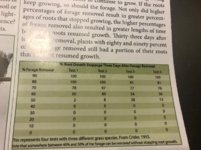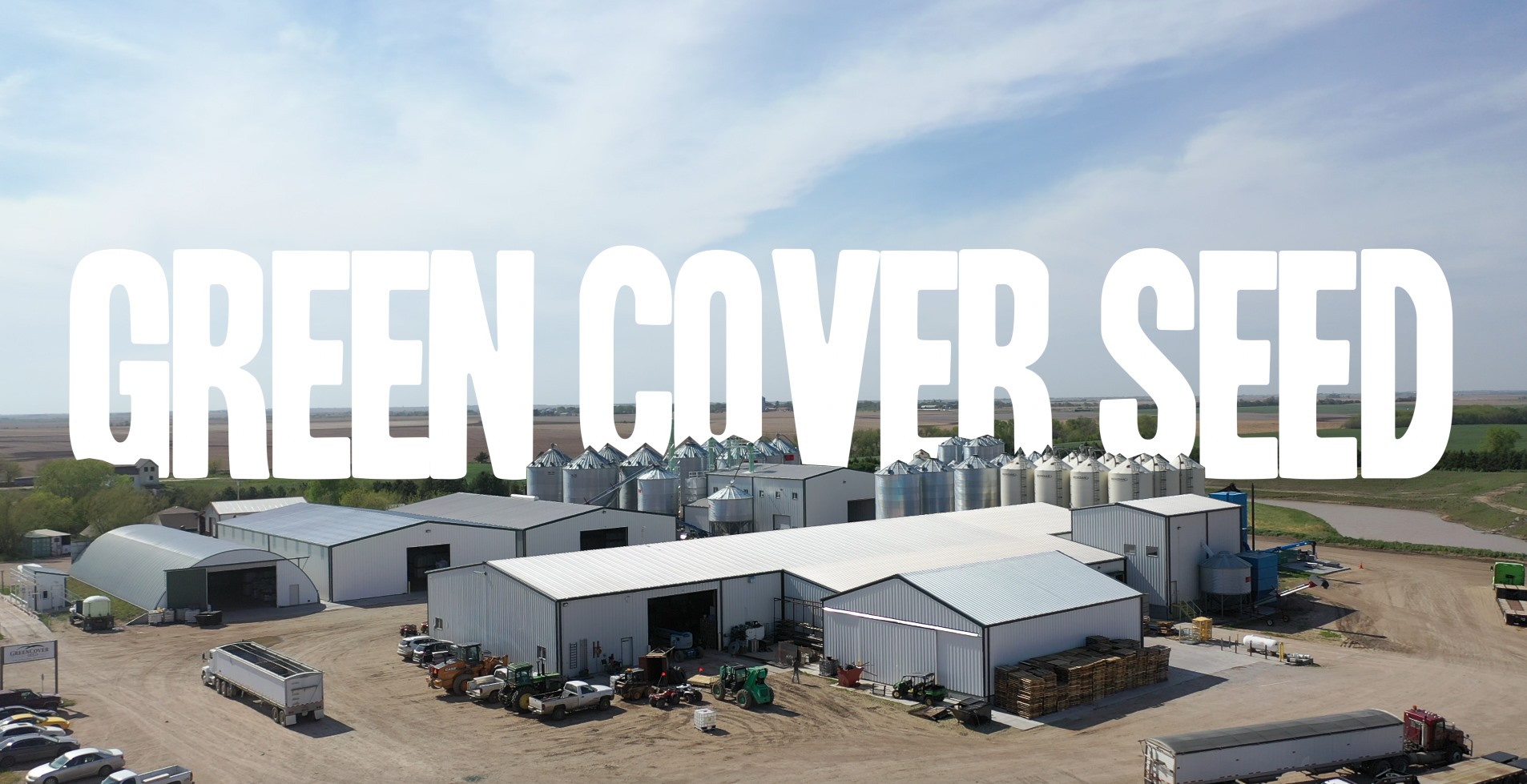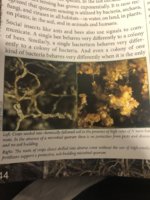- 5,541
- 172
This is an unbelievable resource, for free! Interviews with PhD Christine Jones, Jason Snavely, Gabe Brown, Steve Groff, Ray Archuleta, Mitchell Hora, PhD Dwayne Beck and numerous others.
I’ll be reading this cover to cover - I have skimmed it and it is loaded with information!!!!
Go to Green Cover Seed website and you can order it for free!

I’ll be reading this cover to cover - I have skimmed it and it is loaded with information!!!!
Go to Green Cover Seed website and you can order it for free!




